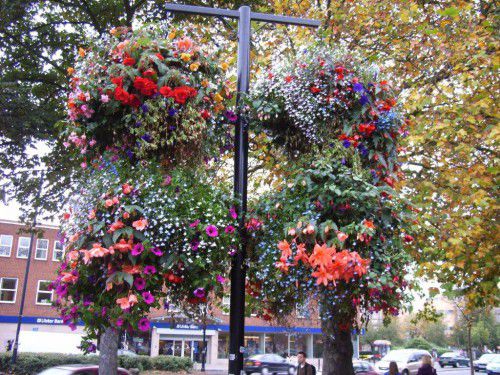PEONIES would have to be in the top 10 of popular plants in the world.
I saw one description of these flowers “as outrageously beautiful in flower” and another, from a catalogue of 1928, as “the noblest hardy perennial”. These claims are not exaggerated. They are also long lived and have survived in old gardens for more than 100 years.
They were first introduced into western gardens in the very early 1800s from Tibet and China, having been discovered by European plant hunters.
If you have never grown peonies, now’s the time to have a go. They are sold as bare-rooted tubers in garden centres.
There is nothing complicated about growing them. They prefer full sun to part shade and are best planted in a rich, organic soil, which can be compost from your own heap or rotted leaves with composted cow manure worked into the soil.
The site must be very well draining; they don’t tolerate water-logged soil, especially after long rain periods.
Decide carefully where you want them to grow as they don’t like being disturbed once planted. Most importantly, give them space to grow; at least half a metre apart.
Cold winters such as we are experiencing are ideal because, as with many fruit trees, they require a chilling factor for good bud formation.
It is often said that peonies take several years to flower. This is usually due to such factors as too dense shade, poor soil preparation or not feeding them. From my own experience newly planted peonies flowered in the first year, although there is more chance of them flowering in the first spring, if planted in late autumn. Single and double varieties are available, although I think the doubles are the more spectacular.

Firstly, I recommend lining the basket with foam carpet underfelt, the multi-coloured one with plastic on one side. Usually you can find most carpet shops are happy to oblige with offcuts.
Unlike fast-draining coconut liners, birds don’t pull the underfelt apart for nesting material.
Place the plastic side on the inside with a few holes for drainage. The multi-coloured material of green, yellow and blue blend in with most gardens. Hang the basket with a swivel hook, which allows the plant to be rotated regularly. I have had hanging gardens of nearly 10 years old that still use the same foam underfelt liner.
For maximum effect plant a variety to flower over an extended period.
IT’S potato planting time, with far too many varieties to list here. One exhibitor at the Royal Horticultural Society fruit and vegetable show in London regularly displays about 350 varieties!
Most garden centres in Canberra carry an extensive selection of potatoes. Of interest, it was quite late when the “e” was added to the name. I have original editions of the English “The Gardener’s Chronicle” from the 1870s to the 1930s that show the spelling as “potatos”. Who knows when the “e” was added?
Jottings…
- Plant a second crop of broad beans.
- Sow seeds of Virginian stocks, delphiniums and larkspurs.
- Plant a bay tree for flavouring stews and casseroles.
- Peas do best in new ground. Soak overnight in warm water before planting to soften them resulting in quicker germination.
Who can be trusted?
In a world of spin and confusion, there’s never been a more important time to support independent journalism in Canberra.
If you trust our work online and want to enforce the power of independent voices, I invite you to make a small contribution.
Every dollar of support is invested back into our journalism to help keep citynews.com.au strong and free.
Thank you,
Ian Meikle, editor




Leave a Reply